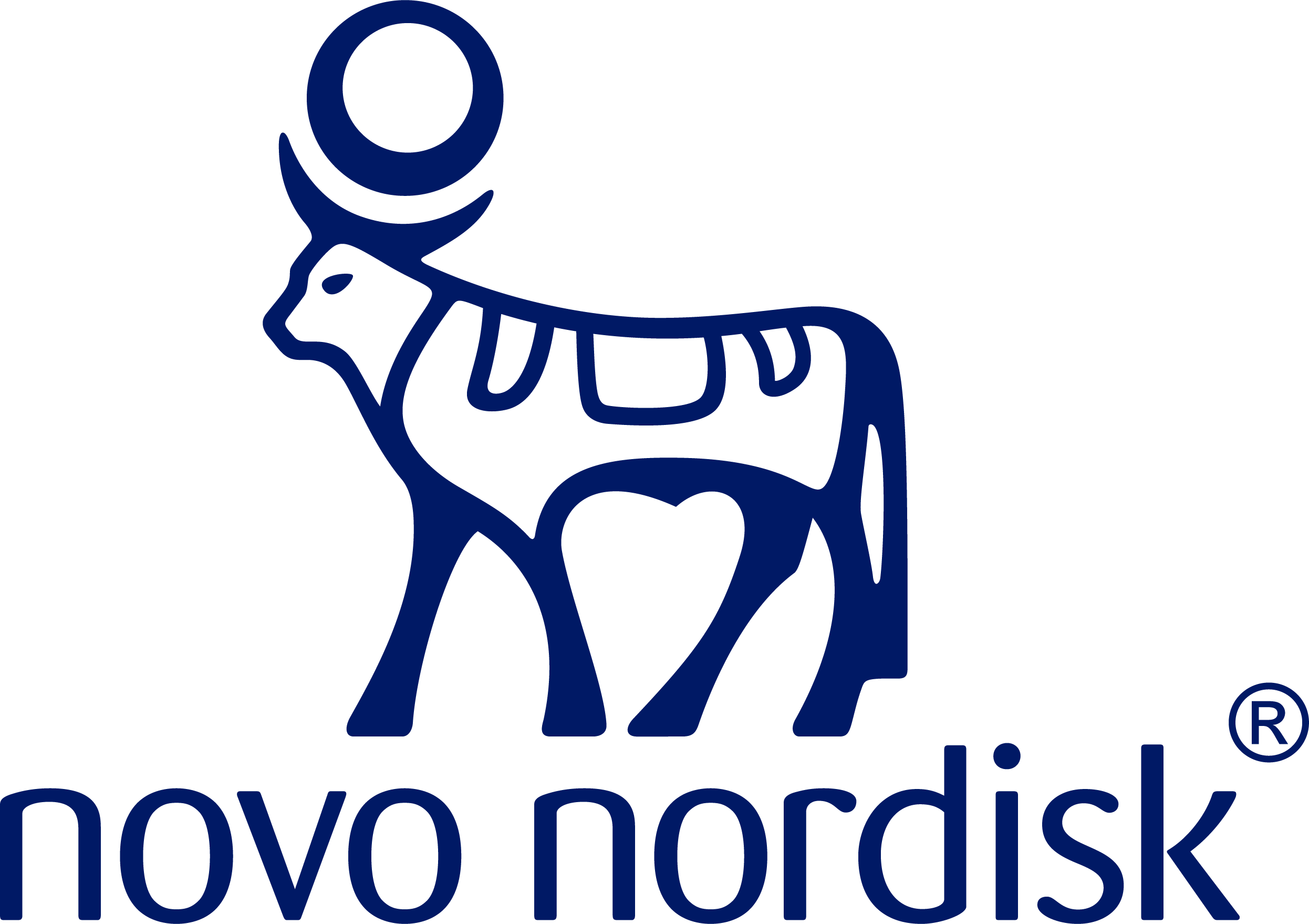Obesity is a complex, multifactorial disease1,2
Obesity is influenced by a wide range of factors, including biological, technological, cultural, economical, and societal structures.3-7
Factors contributing to obesity can be classified as internal and external3-7
Internal factors include:

Genetics3
Certain genes can affect appetite regulation, energy expenditure, and fat storage.
External factors include:

Technology4
Modern-day advances in technology may have contributed to the obesity epidemic by increasing food intake and sedentary behavior.

Cultural5
Biology, psychology, and economics reflect culture and the circumstances in which we eat, the type and quantity of what we eat, and with whom we eat.

Economic6
Across income groups, direct costs of obesity and overweight account for up to 38.2% of total cost in high-income countries, while indirect costs can account for as much as 88.6% of total costs in lower- and middle-income countries.*
*The study employed a cost-of-illness approach to estimate the economic impacts of overweight and obesity (OAO) from a societal perspective. Data were sourced from published studies and global databases, covering direct and indirect costs of OAO between 2019 and 2060 across 161 countries. The analysis included country-specific data on OAO prevalence, health care expenditure, wage rates, gross domestic product, and employment rates, among other parameters.6

Societal7
Higher rates of obesity have been linked to a variety of social adversities, including poverty, low socioeconomic status, food insecurity, malnourishment, and consumption of nutrient-poor diets based on affordability.

METABOLIC ADAPTATION
Metabolic adaptation makes weight management challenging8

DISEASE PROGRESSION
Obesity is a chronic, progressive, and prevalent disease9
References:
1. Lee A, Cardel M, Donahoo WT. Social and environmental factors influencing obesity. Updated October 12, 2019. In: Feingold KR, Anawalt BB, Blackman MR, et al eds. Endotext. [Internet]. South Dartmouth, MA: MDText.com; 2000. Accessed September 23, 2024. https://www.ncbi.nlm.nih.gov/books/NBK278977/
2. Thaker VV. Genetic and epigenetic causes of obesity. Adolesc Med State Art Rev. 2017;28(2):379-405.
3. Mahmoud R, Kimonis V, Butler MG. Genetics of obesity in humans: A clinical review. Int J Mol Sci. 2022;23(19):11005.
4. Gilmore LA, Duhé AF, Frost EA, Redman LM. The technology boom: a new era in obesity management. J Diabetes Sci Technol. 2014;8(3):596-608.
5. Masood M, Aggarwal A, Reidpath DD. Effect of national culture on BMI: a multilevel analysis of 53 countries. BMC Pub Health. 2019;19:1212.
6. Okunogbe A, Nugent R, Spencer G, Ralston J, Wilding J. Economic impacts of overweight and obesity: current and future estimates for eight countries. BMJ Glob Health. 2021;6(10):e006351.
7. Hemmingsson E, Nowicka P, Ulijaszek S, Sorensen TIA. The social origins of obesity with and across generations. Obesity Rev. 2023;24:e13514.
8. Sumithran P, Prendergast LA, Delbridge E, et al. Long-term presence of hormonal adaptations to weight loss. N Engl J Med. 2011;365(17):1597-1604.
9. Tondt J, Freshwater M, Hurtado Andrade M, et al. Obesity algorithm 2024. Obesity Medicine Association. January 2024. Accessed March 28, 2024. https://obesitymedicine.org/resources/obesity-algorithm


